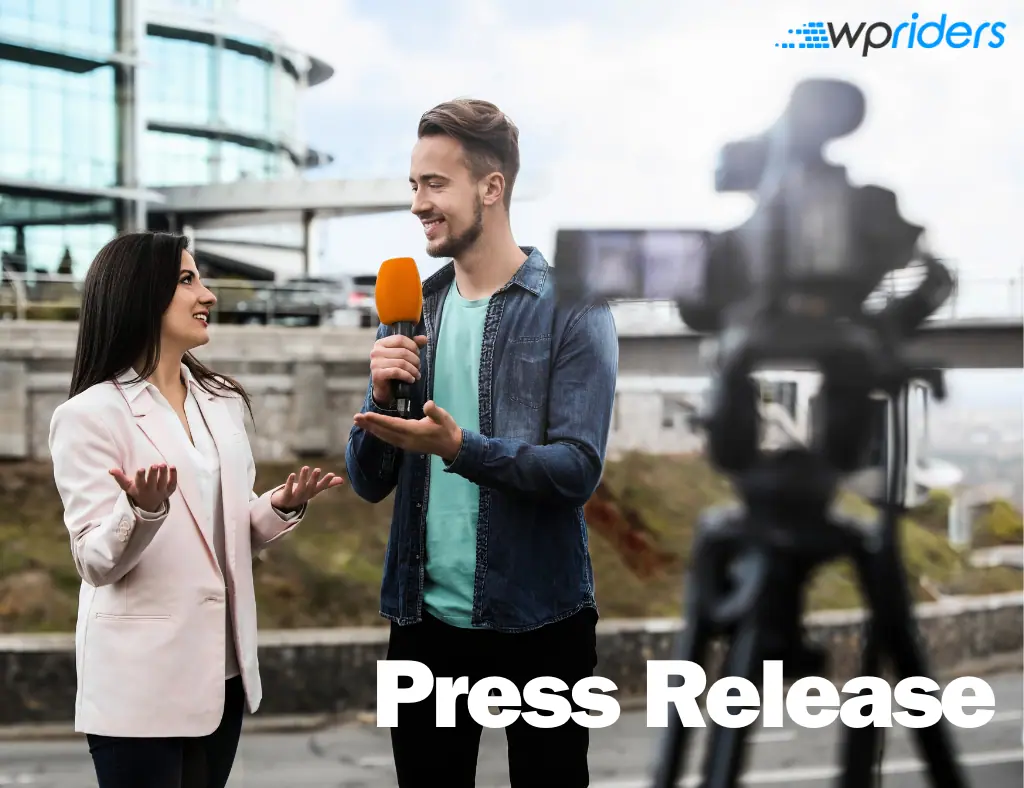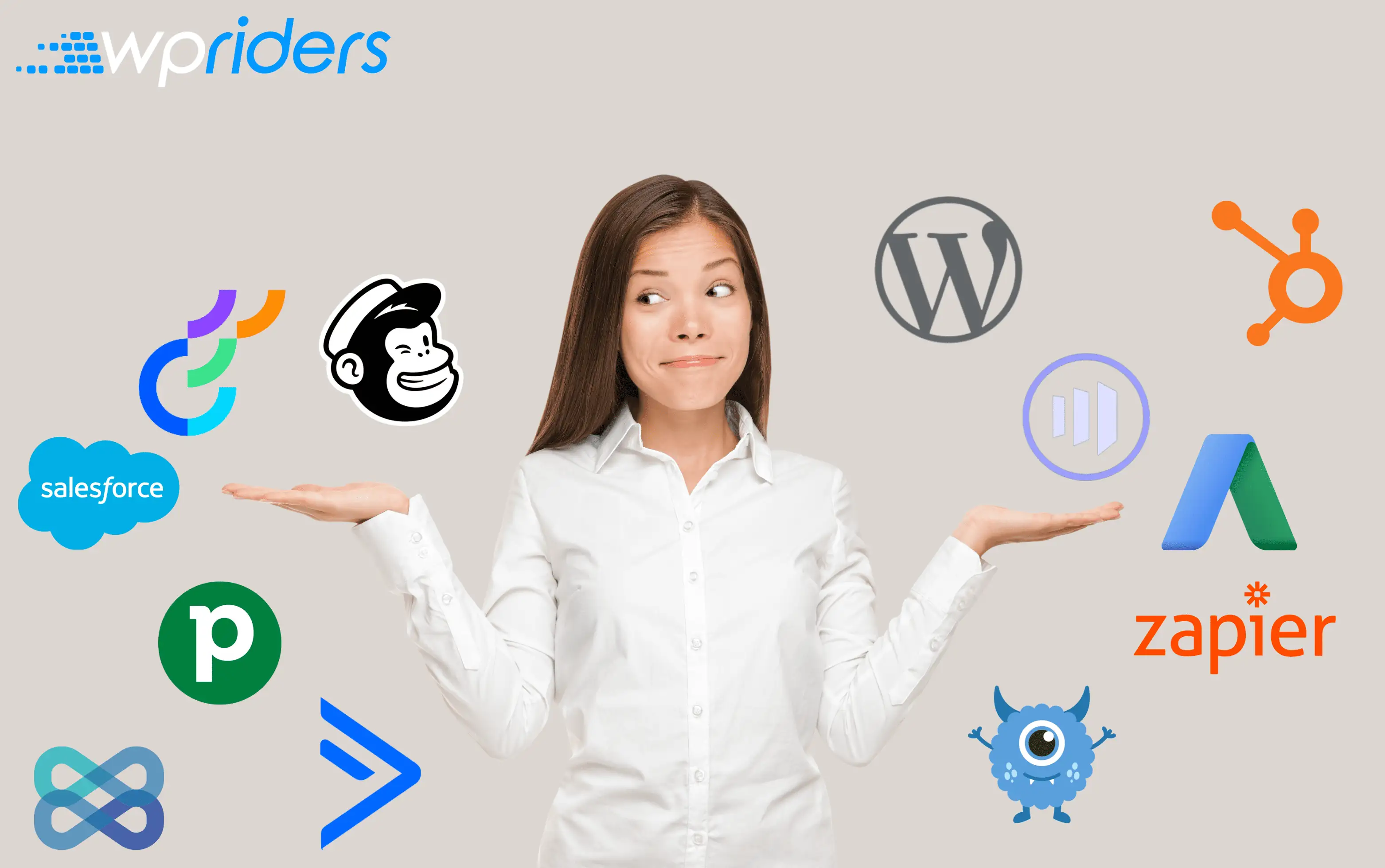Top Eight Mistakes Your Developer Should Avoid When Creating A WordPress Website
Making mistakes when you create a WordPress website is almost inevitable. While some of these mistakes can be easily fixed, others can be very costly and put your business in danger if they are not addressed.
Here is a list of the top most common mistakes that may occur when developing a WordPress website.
Not Taking WordPress Security Seriously
Website security is not something to be taken lightly. Out of the box, WordPress is a pretty secure piece of software—even the WhiteHouse has been using it since 2017. However, when a developer adds plugins and themes or doesn’t create clear user roles, all of these may become attack vectors and transform the website into a target for hackers.
A WordPress-powered website should be designed following the best security practices right from the start.
Not Using Coding Architecture Standards
Themes are typically used for the design part of the website while plugins are used to add functionality to a WordPress website.
Sometimes developers add functionality code directly into the theme files because it’s easier, but it will become difficult for a developer to debug or update the code later on.
Making sure your developer uses the latest coding architecture standards will make the website work as it should. This also helps to ensure that you will be able to easily update it, add new features, or fix bugs.
Using A Theme That’s Not Updated Or Optimized
According to research conducted by ScepterMarketing in May 2020, there are around 31,000 themes developed for WordPress. These include both paid and free themes. Unfortunately, most of these themes have not been designed with the website performance in mind, but rather to look good and have plenty of customization options.
I recommend using a theme that’s as close as possible to your needs but doesn’t add a lot of scripts or features that will only increase the load of your website. Here is a 10-step checklist to help you select the most suitable WordPress theme for your project.
Not Taking SEO Into Consideration
Optimizing your website for SEO is very important nowadays. According to statistics compiled by Semrush, there are around 246 million unique users using Google in the United States and an estimated 4.3 billion users worldwide. If developers don’t follow Google SEO guidelines, they may jeopardize the SE rankings of your website.
Not Optimizing The Website For Performance
According to research conducted by KissMetrics, if a website takes more than three seconds to load, 40% of the visitors will abandon it. Also, a similar percentage of website visitors expect a page to load in fewer than 2 seconds.
The performance of your website also has an impact on your SE rankings, so make sure your website is loading fast and doesn’t have any glitches. Pay attention to plugins, images, code optimization, and caching systems, and get a fast hosting account.
Incorrectly Using WordPress Pages And Posts
It’s important for developers to know the difference between WordPress posts and pages. Unfortunately, I’ve seen many times where these are used incorrectly, which causes a lot of frustration since it will take time to fix the issue later on.
WordPress pages should be used for the content you will not change too frequently like ”About Us,” ”Contact” and “Services.” On the other hand, posts should be used for time-sensitive content like blog posts, articles, news, and other content you update more often.
Posts and pages act differently from an SEO perspective, so you should not ignore this aspect. If you have some pages that you need to turn into posts or vice versa, you can use the Post Type switcher plugin to easily do the job.
Not Taking Web Accessibility Into Consideration
In a nutshell, web accessibility means taking all the diligence to ensure your website is equally accessible and the content is easily consumed by all people, regardless of their language barriers, location, device, or any impairment. According to research conducted by the World Health Organization, worldwide, at least 2.2 billion people have some sort of vision impairment.
Besides ensuring all people can get their desired information on your website, accessibility is also a legal requirement in many countries. According to a 2021 report by Seyfarth, 2,523 Americans with disabilities filed lawsuits in 2020 with federal courts regarding websites they visited that were not coded in a manner that can work with assistive technology for impaired people.
On the W3.org website, you can see a list of the laws applicable to web accessibility in most countries.
Not Having The Right Call To Action
The final mistake is missing or having poor calls to action on your website. Your website may look great, load fast and get tons of traffic, but if you don’t have a proper call to action(i.e., “Get more details,” “Sign up” or “Contact us”) to instruct people on what to do next, most of them will simply leave your website without doing anything. This means poor conversion rates that will drain your marketing budget.
Make sure you have clear marketing funnels and a proper call to action in place that will guide the visitors after they have landed on your website.
This checklist is not exhaustive, but it’s a starting point for checking if your website is well developed.
If you suspect you’ve made one or more of these mistakes, a developing or maintenance WordPress agency could help you identify these issues and provide fixes that will put your website back on track and ensure it works as it should.
Hire Expert WordPress Developers
Looking to customize or develop a new website?



